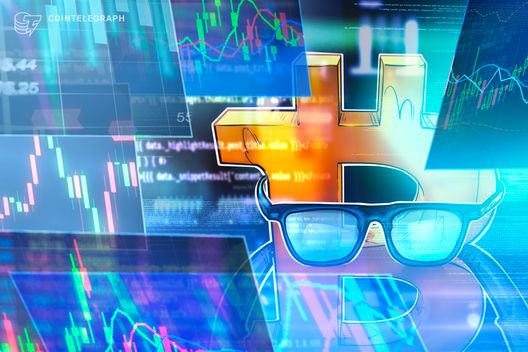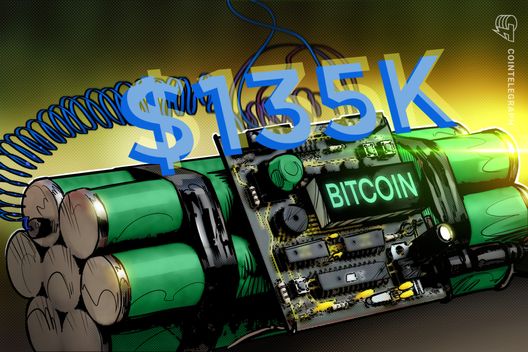This article is machine translated
Show original
Once @Circle, which quietly invested in Sei, has achieved brilliant results on Wall Street, is it now time to "help an old friend"? After the native USDC went live on Sei, many people might wonder why it would be @SeiNetwork? What impact will the "new identity" of a compliant stablecoin issuer have?
1) Sei is a high-performance layer1 blockchain born specifically for digital asset trading optimization. Through its parallel EVM architecture, it achieves simultaneous processing of multiple transactions, reaching a final determination of 390 milliseconds and a parallel processing capability of 28,300 TPS, making it a typical representative of emerging high-performance blockchains.
Moreover, the key is not just the "performance score". The performance mechanism of high-performance layer1 actually aims to open up a brand new high-frequency application scenario that can solve enterprise-level high-concurrency payments.
Sei's differentiation lies in its bottom-layer optimization specifically for trading scenarios: built-in native order matching engine (OME) directly countering MEV issues, dual-turbo consensus mechanism, SeiDB storage layer preventing on-chain data bloat, etc., making it precisely the "exclusive" track for stablecoin high-frequency circulation.
So, with USDC's new identity as a compliant listed company joining hands with old friend Sei, one providing a high-speed highway and the other a racing car, isn't this a perfect partnership? If Circle's early investment in Sei could be considered strategic investment, then USDC's launch is clearly a commercial realization of that initial investment.
2) As a compliant stablecoin issuer that has gone public, USDC, being the most trusted and regulated stablecoin globally, will naturally inject massive liquidity into Sei and bring compliant stablecoin underlying assets to its DeFi, payment, gaming, and other subdivided application scenarios.
But the deeper benefit is that I feel this is actually Wall Street's "procurement standard" for crypto infrastructure.
Recalling how stablecoins were questioned three years ago, to BlackRock and Fidelity actively deploying digital asset infrastructure, to the introduction of the GENIUS bill, and Circle becoming a new favorite on US stocks - without surprise, Wall Street will likely next screen for more "qualified suppliers" capable of receiving institutional funds.
After going public, Circle faces pressure of performance growth and financial report disclosure, and can only more forcefully push USDC towards "mainstream commercial applications". The only path to separate stablecoin application scenarios from pure trading internal circulation is a breakthrough in enterprise-level high-frequency payment scenarios, including real-time wage distribution, millisecond cross-border B2B settlement, supply chain financial payments, and other subdivided scenarios.
I believe this is the core meaning of Circle, as a compliant stablecoin issuer, quickly "marrying" with $SEI as a new high-performance trading optimization layer1.
For USDC, the more chains and more issuances, the better. After all, there is still a gap in size with its competitor USDT.
From Twitter
Disclaimer: The content above is only the author's opinion which does not represent any position of Followin, and is not intended as, and shall not be understood or construed as, investment advice from Followin.
Like
Add to Favorites
Comments
Share





